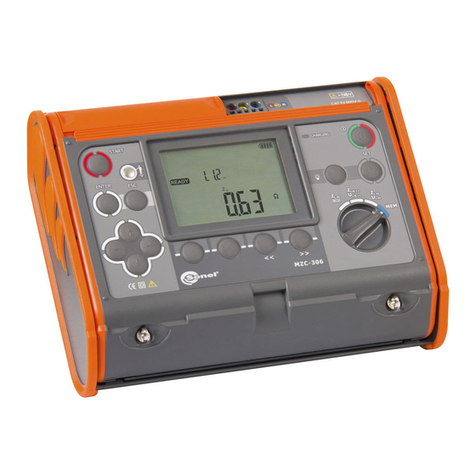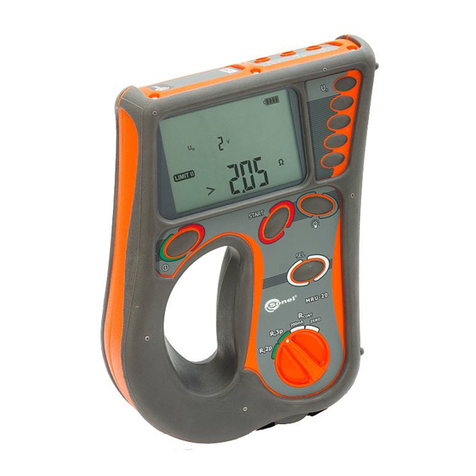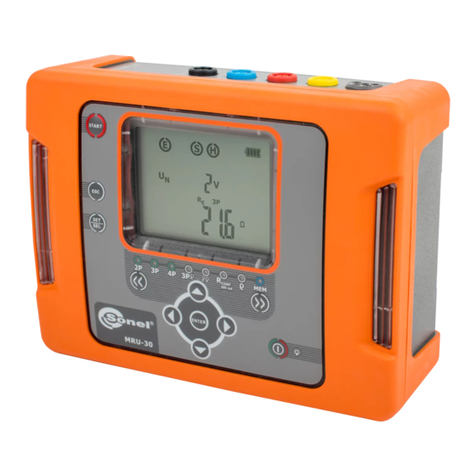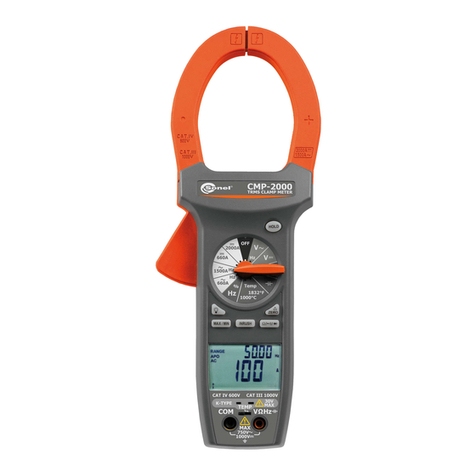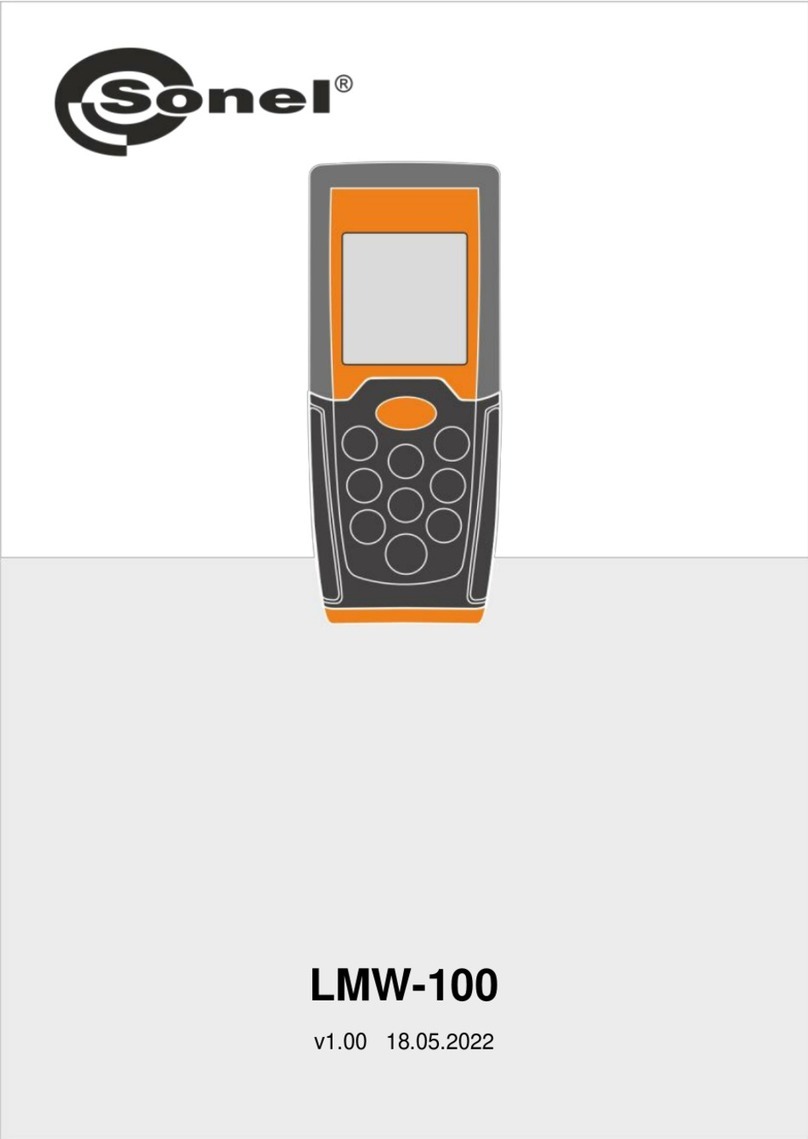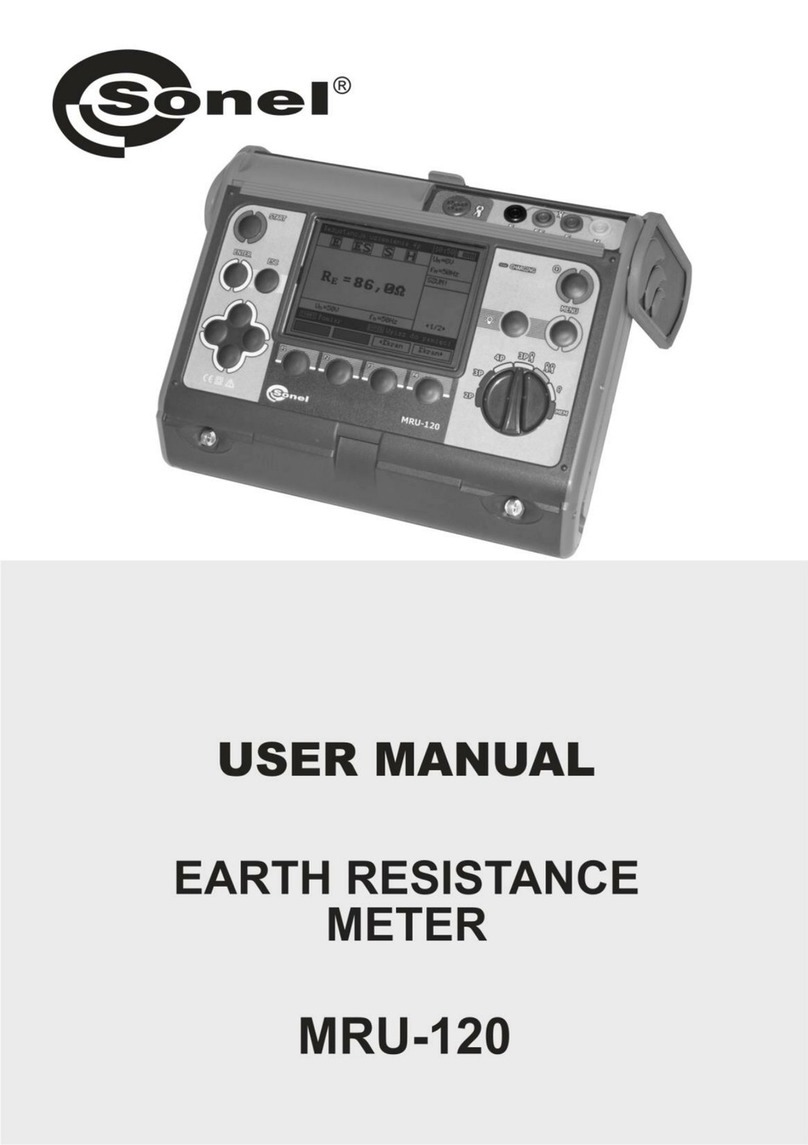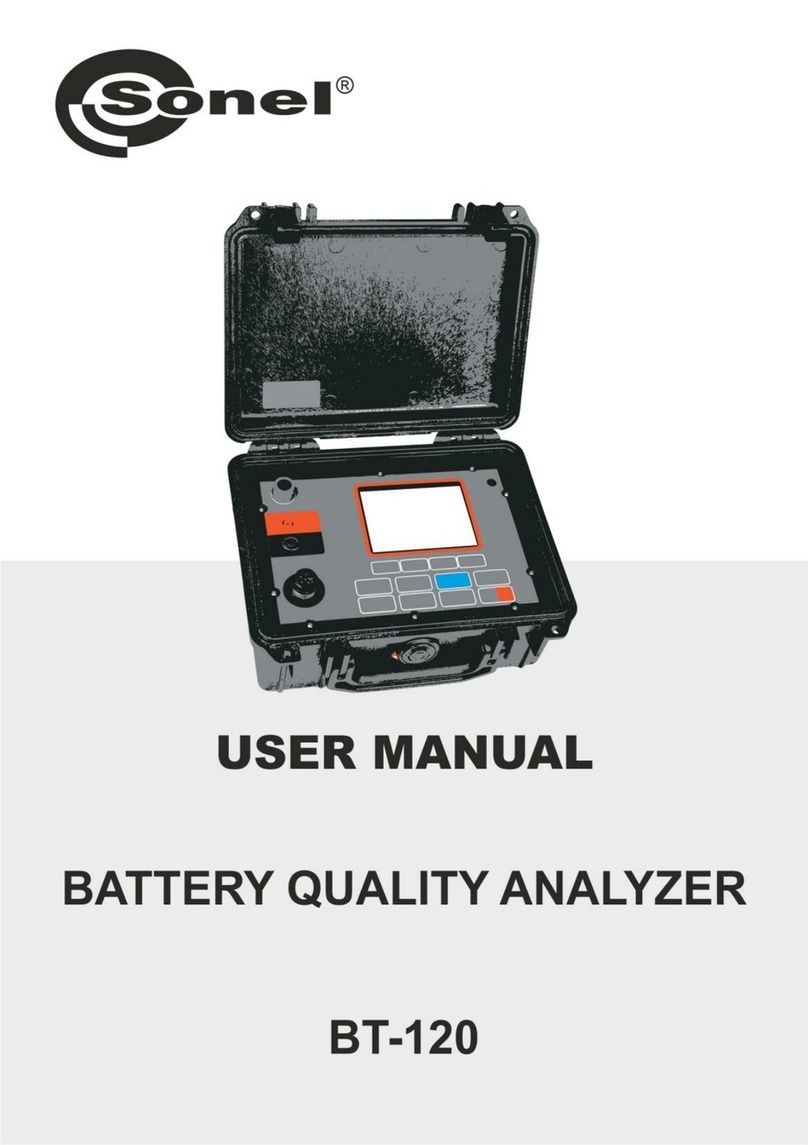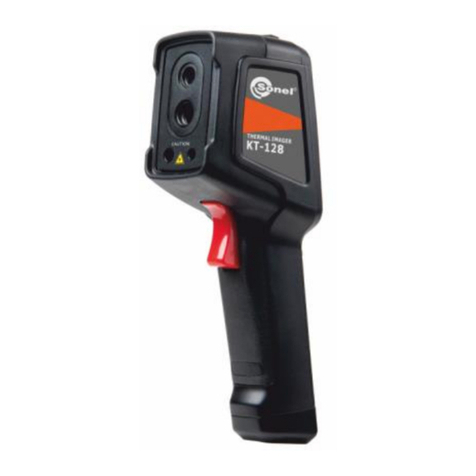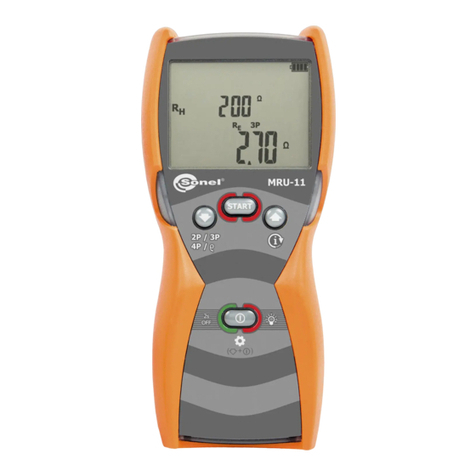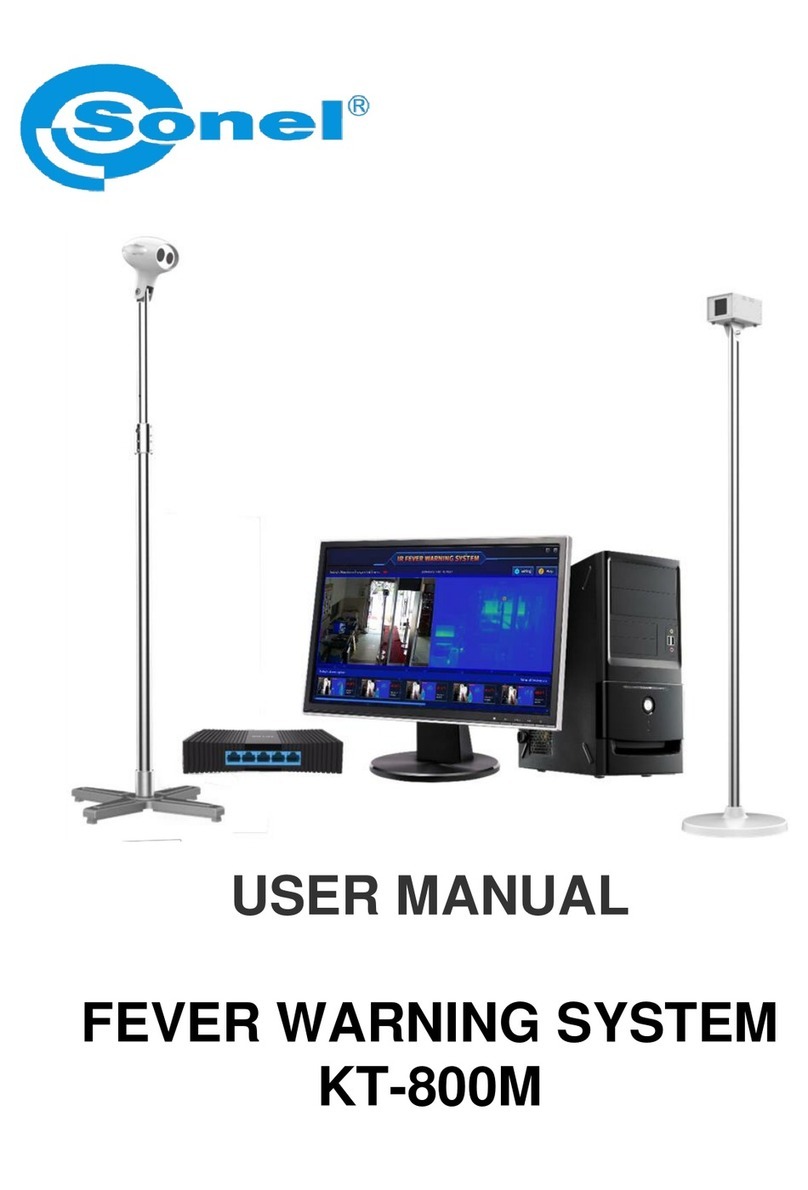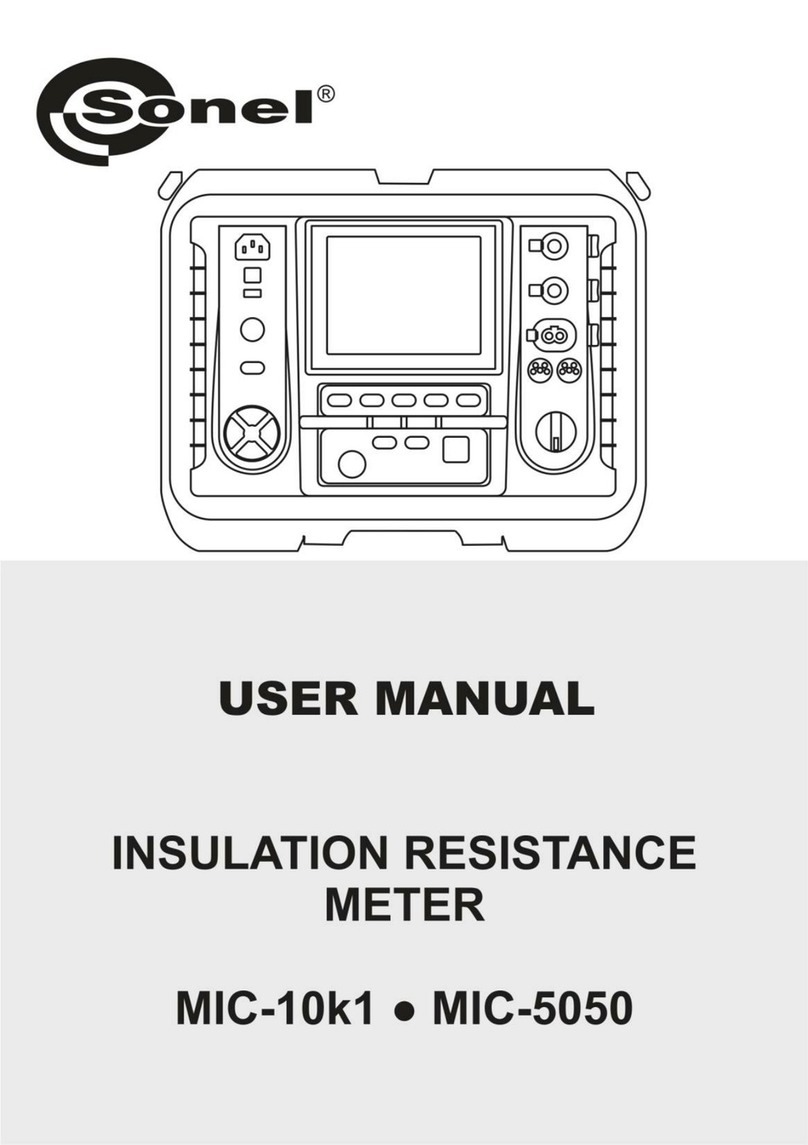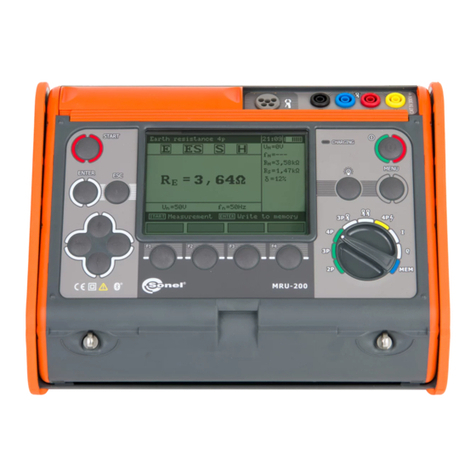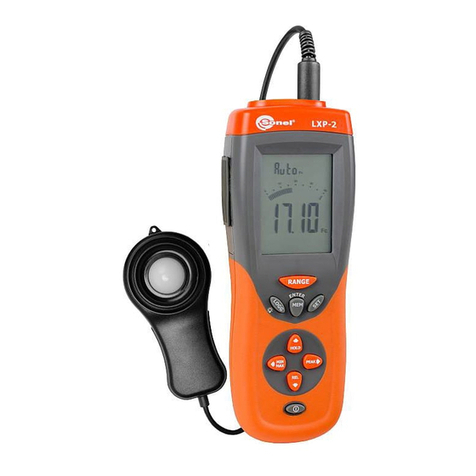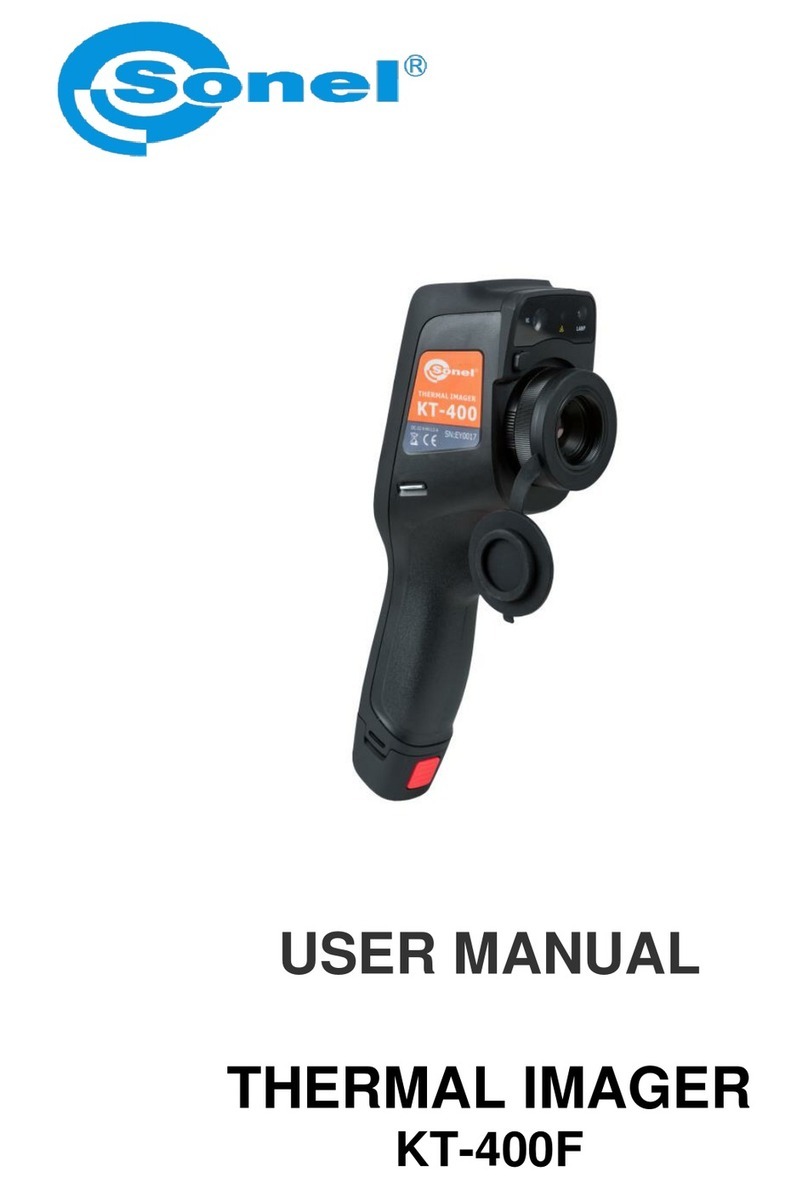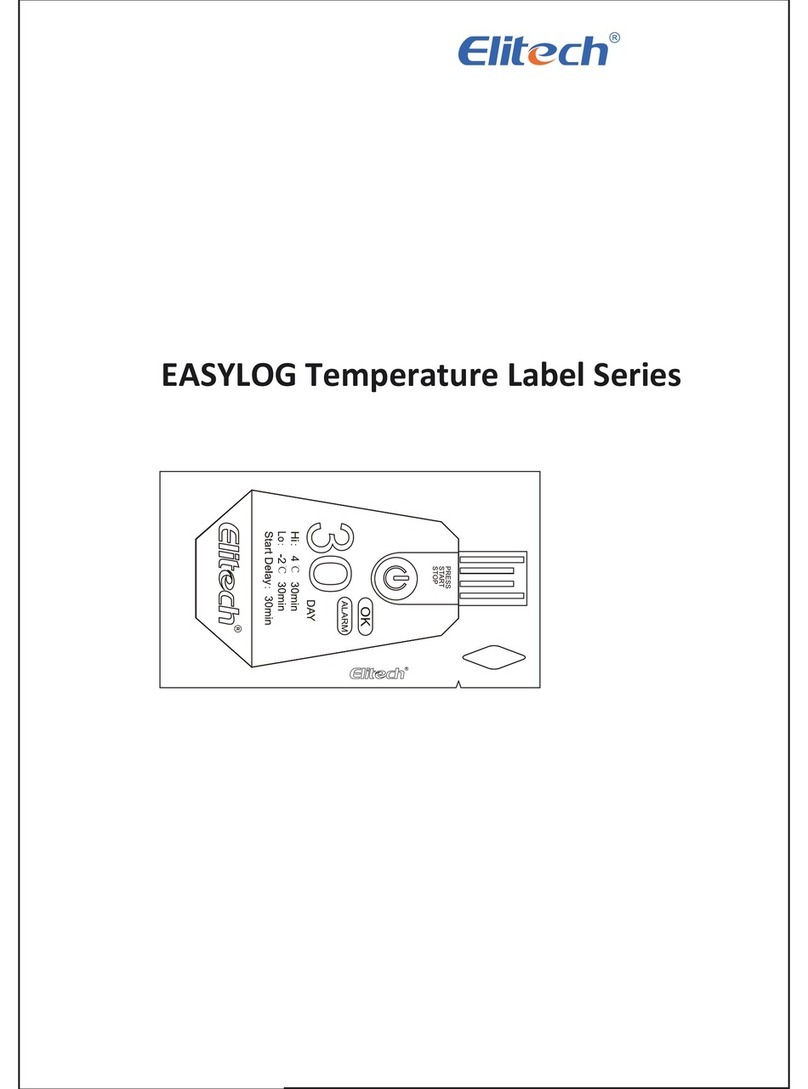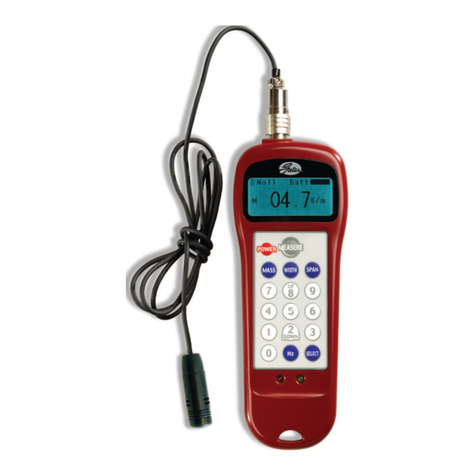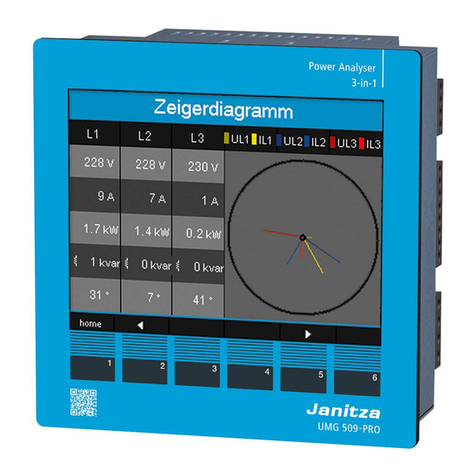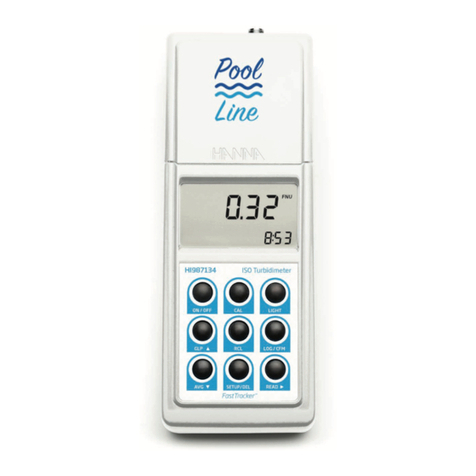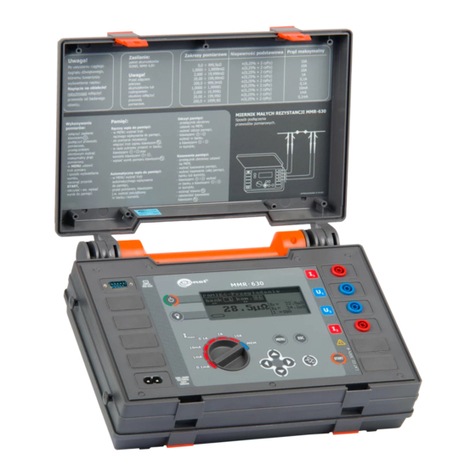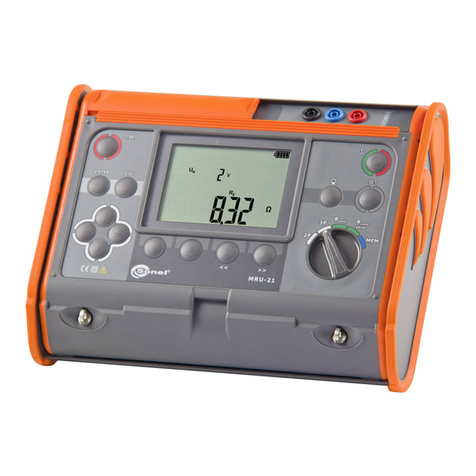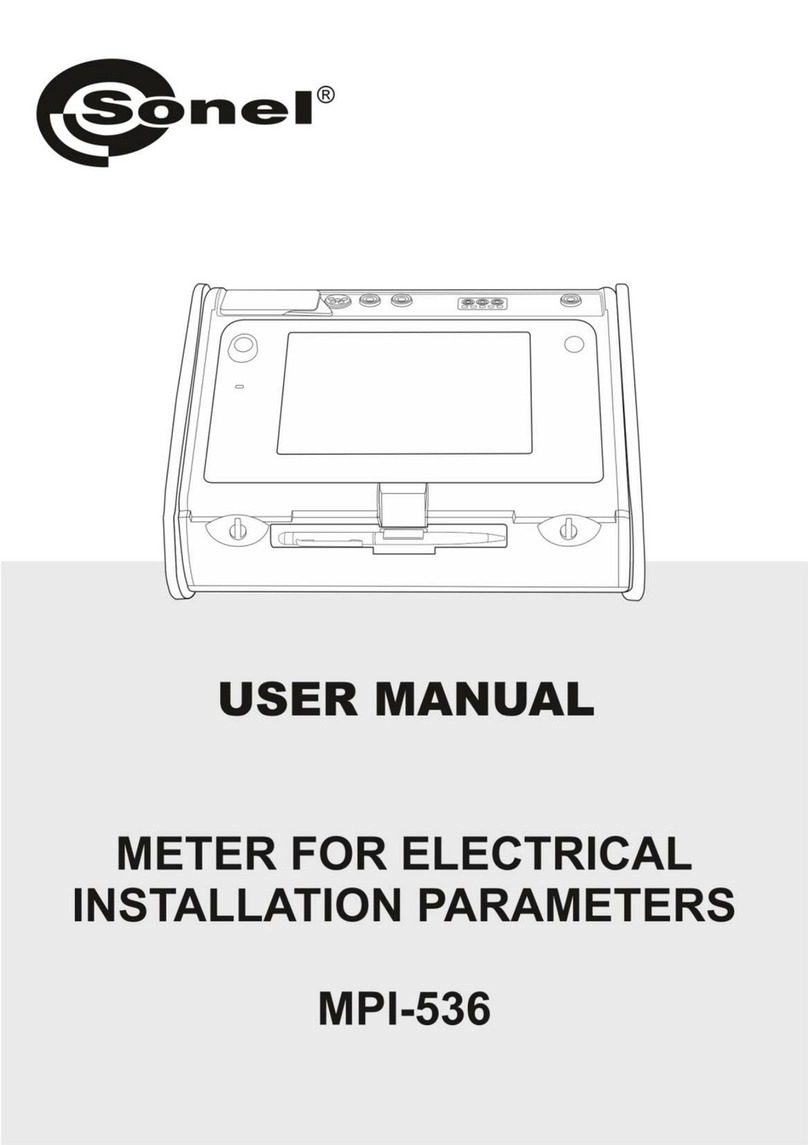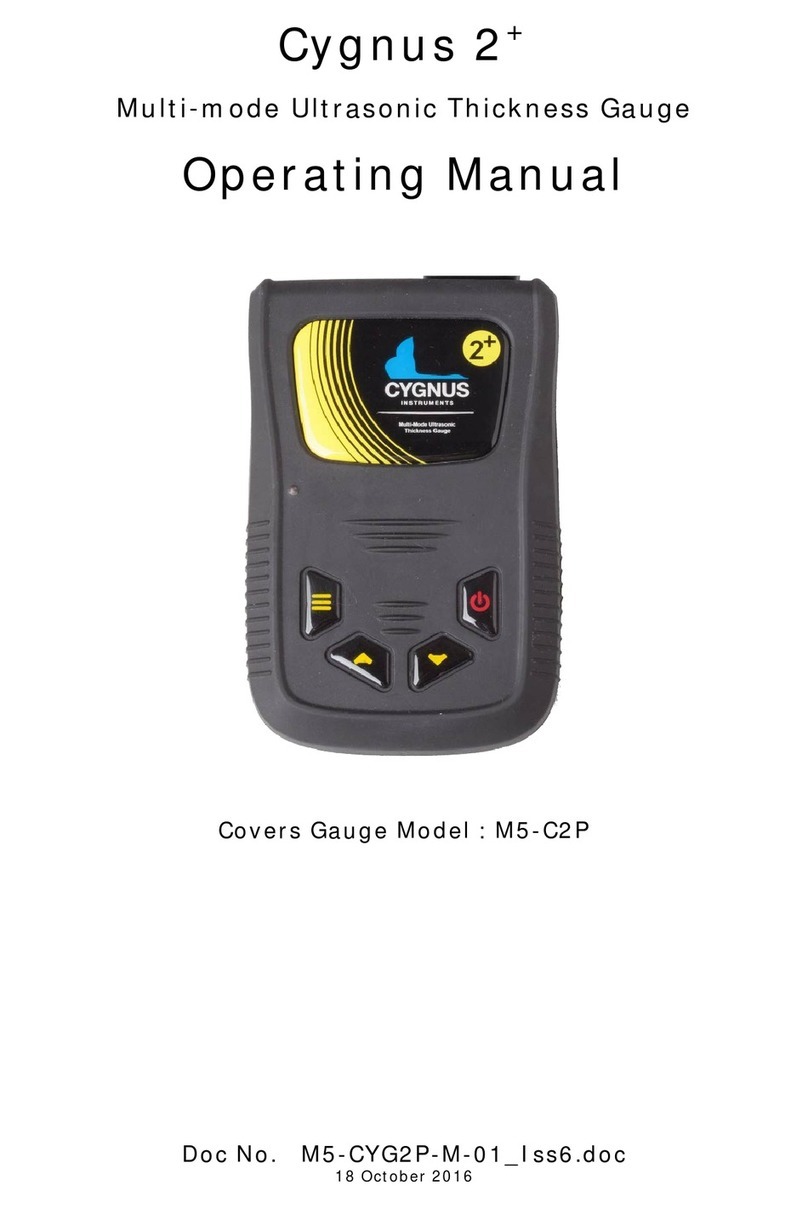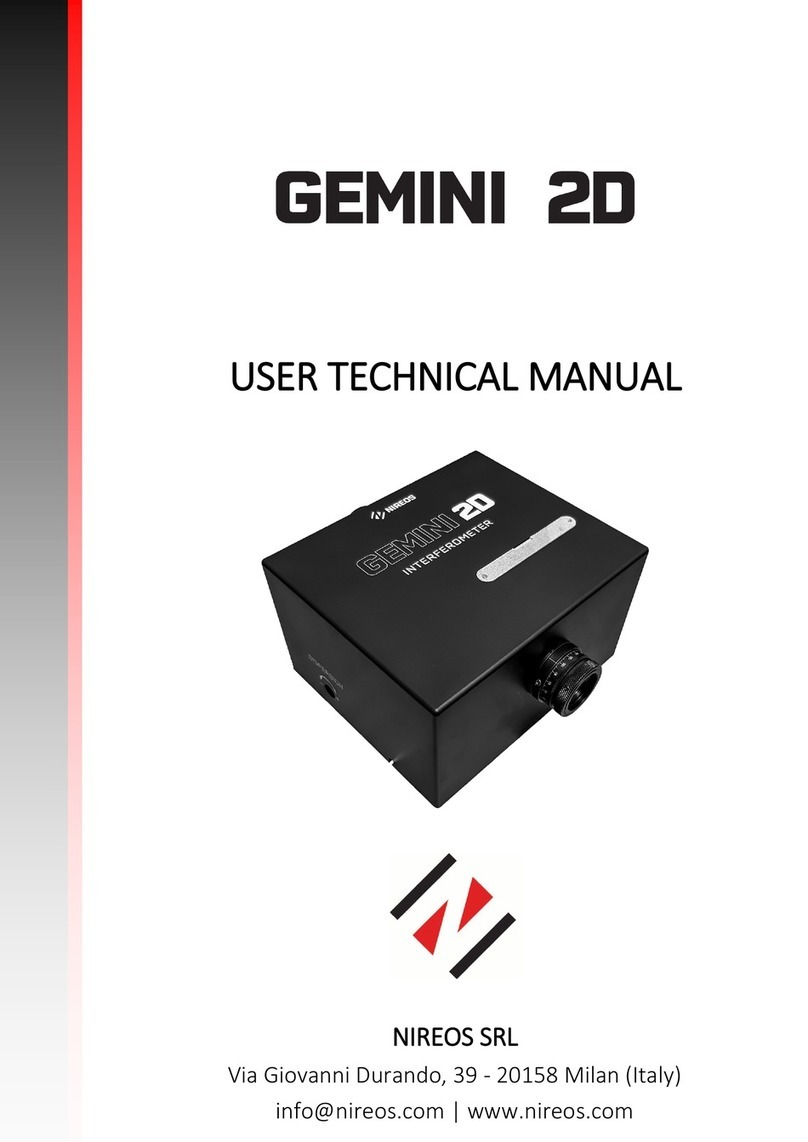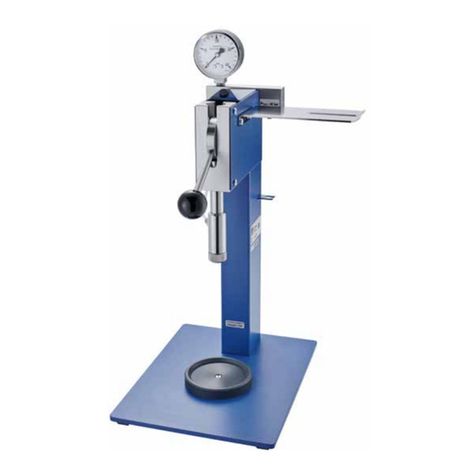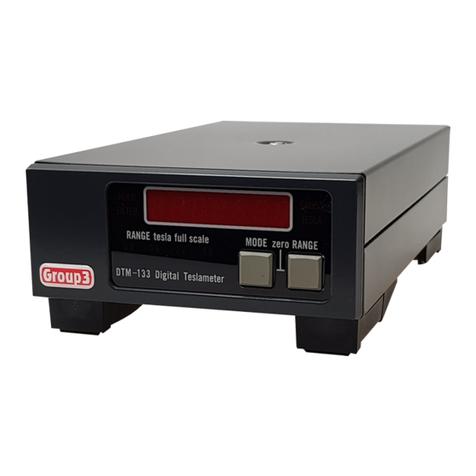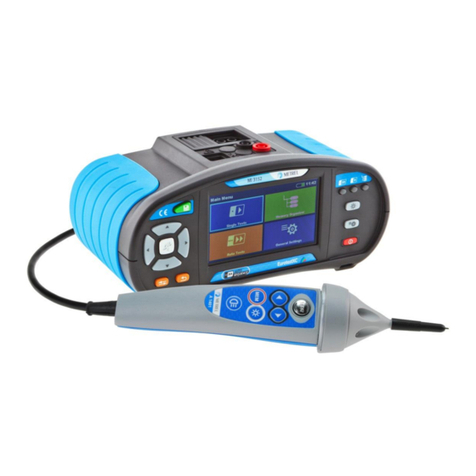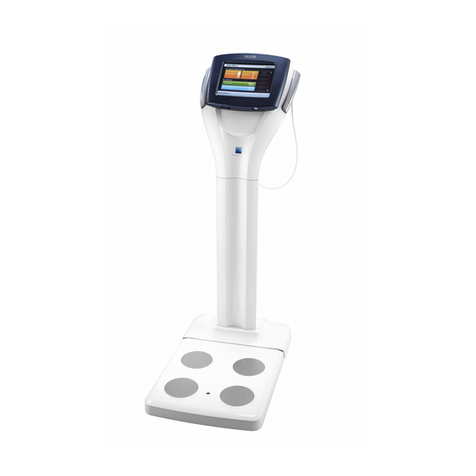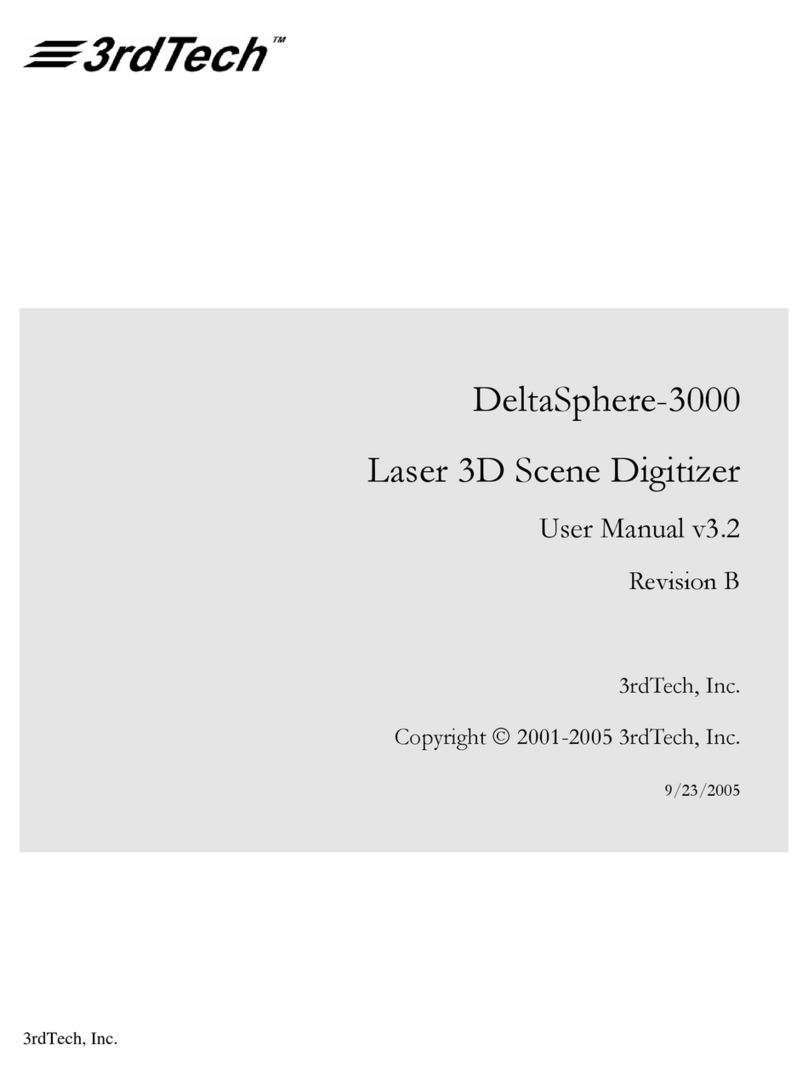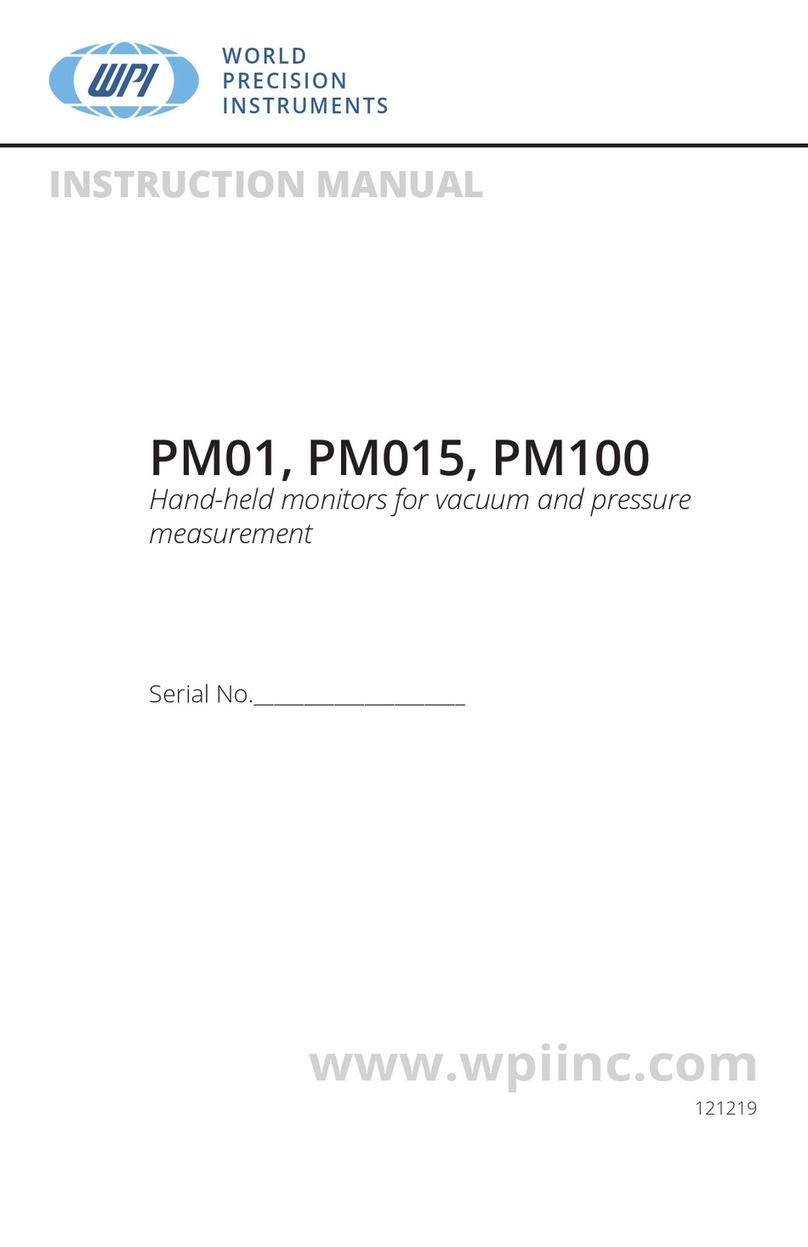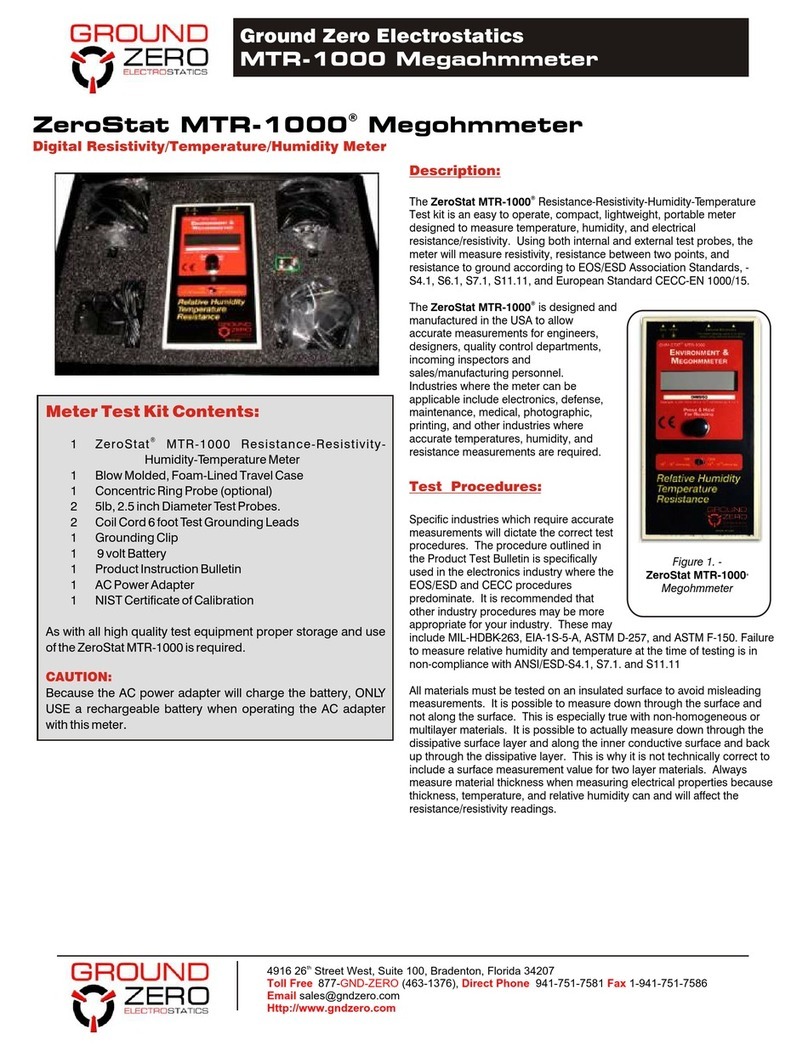CONTENTS
1Safety ................................................................................................................5
2Menu..................................................................................................................6
2.1 Wireless transmission ...............................................................................................6
2.2 Measurement Settings ..............................................................................................7
2.2.1 Mains frequency................................................................................................................7
2.2.2 Times t1, t2, t3 for calculating absorption coefficients........................................................8
2.2.3 Type of absorption coefficients..........................................................................................8
2.2.4 IISO test current..................................................................................................................8
2.2.5 Setting limit values............................................................................................................9
2.2.6 Temperature unit...............................................................................................................9
2.2.7 Auto-incrementing of the memory cell number ................................................................10
2.2.8 Filter................................................................................................................................10
2.2.9 Chart type selection ........................................................................................................10
2.3 Meter Settings.........................................................................................................11
2.3.1 LCD contrast...................................................................................................................12
2.3.2 Automatic shut-off (Auto-OFF) ........................................................................................12
2.3.3 Date and time..................................................................................................................12
2.3.4 Factory (default) settings.................................................................................................13
2.3.5 Software update..............................................................................................................13
2.3.6 Key sounds.....................................................................................................................14
2.3.7 Wireless communication .................................................................................................14
2.4 Language choice.....................................................................................................15
2.5 Information about manufacturer..............................................................................15
3Measurements................................................................................................15
3.1 Diagnostics performed by the meter - limits............................................................16
3.2 Measurement of insulation resistance.....................................................................16
3.2.1 Double-lead measurement..............................................................................................17
3.2.2 Three-lead measurement................................................................................................22
3.2.3 Measurements with AutoISO-5000..................................................................................24
3.2.4 Measurements with increasing voltage - SV....................................................................27
3.2.5 Dielectric Discharge Indicator - DD..................................................................................29
3.2.6 Damage location (after-burning)......................................................................................31
3.3 Low-voltage measurement of resistance.................................................................33
3.3.1 Measurement of resistance of protective conductors and equipotential bonding with ±200
mA current......................................................................................................................33
3.3.2 Calibration of test leads...................................................................................................35
3.4 Temperature Measurement.....................................................................................36
4Memory of measurement results .................................................................37
4.1 Structure of the Memory..........................................................................................37
4.1.1 The appearance of main windows in the measurement recording mode..........................37
4.2 Storing the measurement results in the memory.....................................................39
4.2.1 Entering the results without extending the memory structure...........................................39
4.2.2 Extending the memory structure......................................................................................40
4.3 Viewing memory data..............................................................................................45
4.4 Deleting memory data.............................................................................................47




















